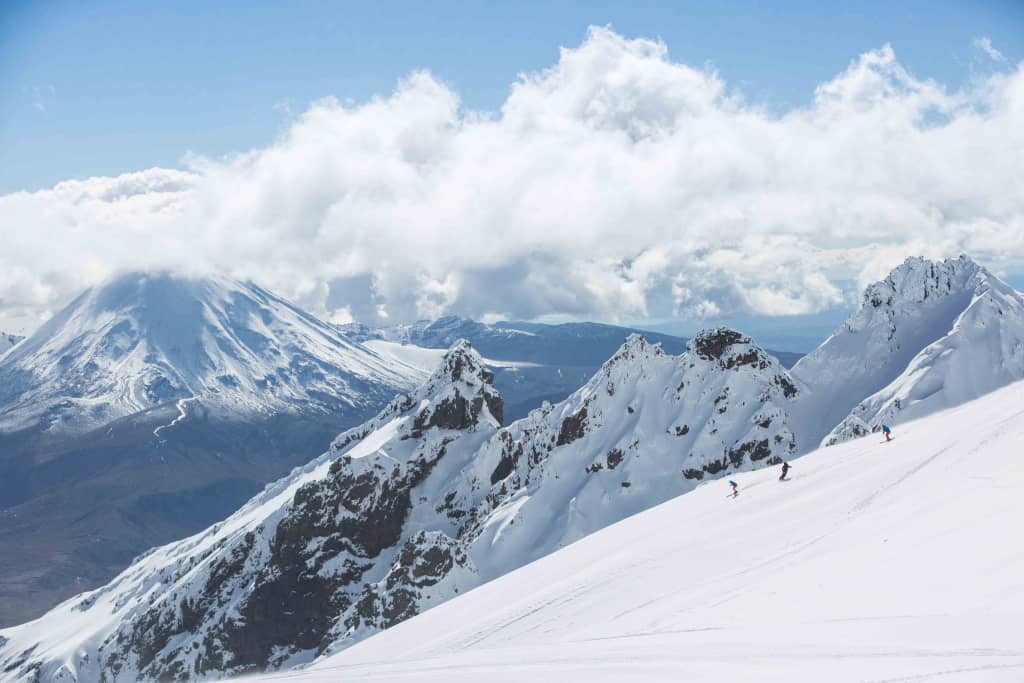“The biggest volcano in *placename* is set to erupt!”
Something along those lines have splashed across headlines through the years and it always gets an eyeroll from me. It’s not the size of the volcano that counts.

Janine Krippner
There are different ways to measure the biggest, whether it be volume, height from the sea floor, highest altitude… and none of those things tell us that the volcano is going to unleash wrath on the planet. Mauna Loa is the largest at 17km tall from its base on the sea floor, and this volcano tends to erupt fluid lava flows that have built up the cone over roughly a million years.
Volcanic fields like Auckland produce many smaller cones and craters during relatively small eruptions, but the field itself can span hundreds of kilometres or more. Then we have our calderas like Taupō or Okataina that are produced when large enough volumes of magma erupt, causing the ground to collapse. The largest of these eruptions earn the volcano the title “supervolcano”, but as I have said many times, they have far more eruptions that are much smaller and maybe only one or two of the “super” size.
The larger cone volcanoes can form by producing thick lava flows and domes that don’t move very far from the vent (for example Mount St. Helens, USA), but can also have significant (or small) explosive eruptions. Other cone volcanoes have thinner and longer lava flows as well as a lot of ash and scoria. Volcanoes like our largest, Ruapehu, have different active vents over time, producing a broader complex shape. Ruapehu’s size alone doesn’t hint about lahars (volcanic mudflows or floods), a hazard that has been deadly in recent times. A volcano’s size can also be reduced by flank collapse (for example Ruapehu and Taranaki), glaciers carving out large valleys, or just being old and slowly eroding away.
In school we are taught that the shape of a volcano tells us what sort of eruptions it will produce, but that is a vast simplification. Every volcano type can produce a range of eruption styles, and we can even see different styles in one eruption episode. The 1950s Ngāuruhoe activity at times produced lava flows and Strombolian eruptions visible from Taupo, and then more explosive Vulcanian eruptions that sent ash and boulders into the air. There are a lot of factors at play that control what eruption styles we get and those can change over time.
What we can do is look at the entire spectrum of activity at volcanoes and understand what each one is more likely to do, what the different impacts would be, and what areas will likely be impacted. The next step is to consistently monitor volcanoes through time so that we can detect early signals of something going on far before you can see or feel signs at the surface. Here in Aotearoa research on the volcanoes is done through universities and GNS Science, the monitoring is done by GNS/GeoNet, and the warnings about what might happen and what actions to take are given by GNS and Civil Defence.
It takes a large, continued effort to make sure we can give communities and stakeholders, like our farming communities, the right information to be prepared for our volcanoes doing what volcanoes do. Thankfully we are far beyond the point of judging what a volcano will do based on its size.








